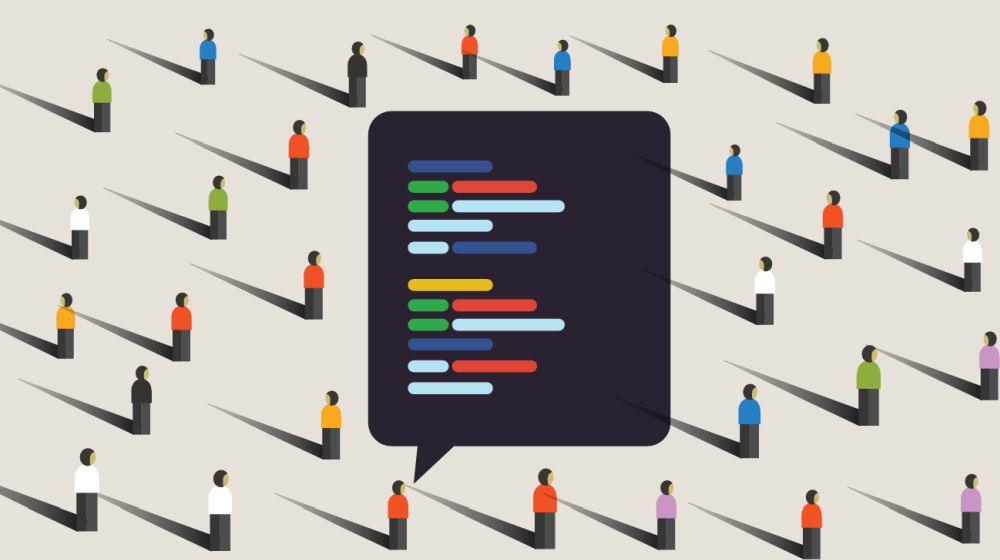
- #Software for mac to identify extra data source how to#
- #Software for mac to identify extra data source upgrade#
- #Software for mac to identify extra data source pro#
- #Software for mac to identify extra data source software#
However, I do have one gripe, and one hidden power feature not touched on above, regarding Numbers.įirst, the gripe. I've used Excel since it first came out on the Mac back in the '80s, through a couple decades on Windows for Intel and Alpha, and have learned to loathe the ribbon and user-hostile interface it has. All other trademarks and service marks are the property of their respective owners.I love Numbers. Apple, Mac, Mac Pro, Mac Mini, MacBook, MacBook Pro, OS X, and iMac are trademarks or registered trademarks of Apple Inc., registered in the U.S. Micron, the Micron logo, Crucial, and the Crucial logo are registered trademarks of Micron Technology, Inc. is responsible for omissions or errors in typography or photography. Neither Crucial nor Micron Technology, Inc. Information, products, and/or specifications are subject to change without notice.
#Software for mac to identify extra data source pro#
F50 (5 August 2014), and Microsoft® Windows® 8.1 Pro 64-bit operating system. Test setup: 1TB Crucial MX200 SSD and 1TB HGST Travelstar® Z5K1000 internal hard drive, both tested on an HP® Elitebook® 8760W laptop, Intel® Core™ i7-2620M 2.70GHz processor, 4GB Crucial DDR3 1333 MT/s memory, BIOS Rev. Actual performance may vary based on individual system configuration. Each task was executed and timed after the system had undergone a fresh boot so that other factors and applications didn’t affect the reported load and boot times. There’s a better, more reliable way to reinvigorate your Mac system that will last: adding more RAM and an SSD.ġ. Performance times based on internal lab testing conducted in August 2015.


#Software for mac to identify extra data source software#
It’s wishful thinking that a simple download will fix everything on your computer – don’t fall for a software program whose benefits don’t last and will only leave you more frustrated. Upgrading your hardware addresses the root cause of a slowdown, which is different to solutions offered by third-party downloads that promise to easily fix your system. The problem likely isn’t your Mac, but rather your system’s components, and those are an easy fix. Software feeds on hardware, which is the source of your system’s performance resources, and that’s where your attention should be for making changes. If the problem with your computer is that apps are running out of resources to operate with optimal speed, the prescription is for more resources. Not only are SSDs significantly faster than HDDs, but they’re also inherently more durable, reliable and energy efficient. Most older Mac systems feature the now outdated storage technology of hard drives, but SSDs access data almost instantly, leveraging cutting-edge flash memory rather than relying on small moving parts that are prone to failure and slow performance. 1 Which makes booting up, loading programs, saving data, and transferring files that much faster. Upgrading to an SSD enables you to do everyday tasks, on average, six times faster than on a hard drive. This is a key factor because most Mac systems don’t ship with maxed-out memory, but this can be solved by filling each memory slot in your system with the highest density (in GB) DRAM modules they can hold.

#Software for mac to identify extra data source upgrade#
Because nearly every computer operation relies on memory, it’s essential to have as much of it as possible, which is why a memory upgrade is one of the best ways to improve Mac performance. If your Mac system is a 2011 model or newer, check out how much memory it can use or be configured with, according to Apple specifications: iMac ®, Mac Pro ®, MacBook Pro ®, MacBook ®, and Mac mini ®.Ī memory (RAM) upgrade is ideal for improving responsiveness, running apps faster, and multitasking with ease. There is often plenty of room to add gigabytes (GBs) of memory to your Mac system because upgradeable systems often don’t ship with the maximum amount of RAM preinstalled. For example, in OS X El Capitan, the memory you have installed (amount of GB, speed, and level of memory technology supported – i.e., DDR3, DDR2, etc.) will be displayed as part of the Overview pane. Click the Apple Logo in the Apple menu at the top of your screen.ĭepending on the version of the operating system and model of Mac being used, this step varies.

#Software for mac to identify extra data source how to#
Here’s how to see how much memory is in your Mac if you’re using OS X ® Sierra:


 0 kommentar(er)
0 kommentar(er)
